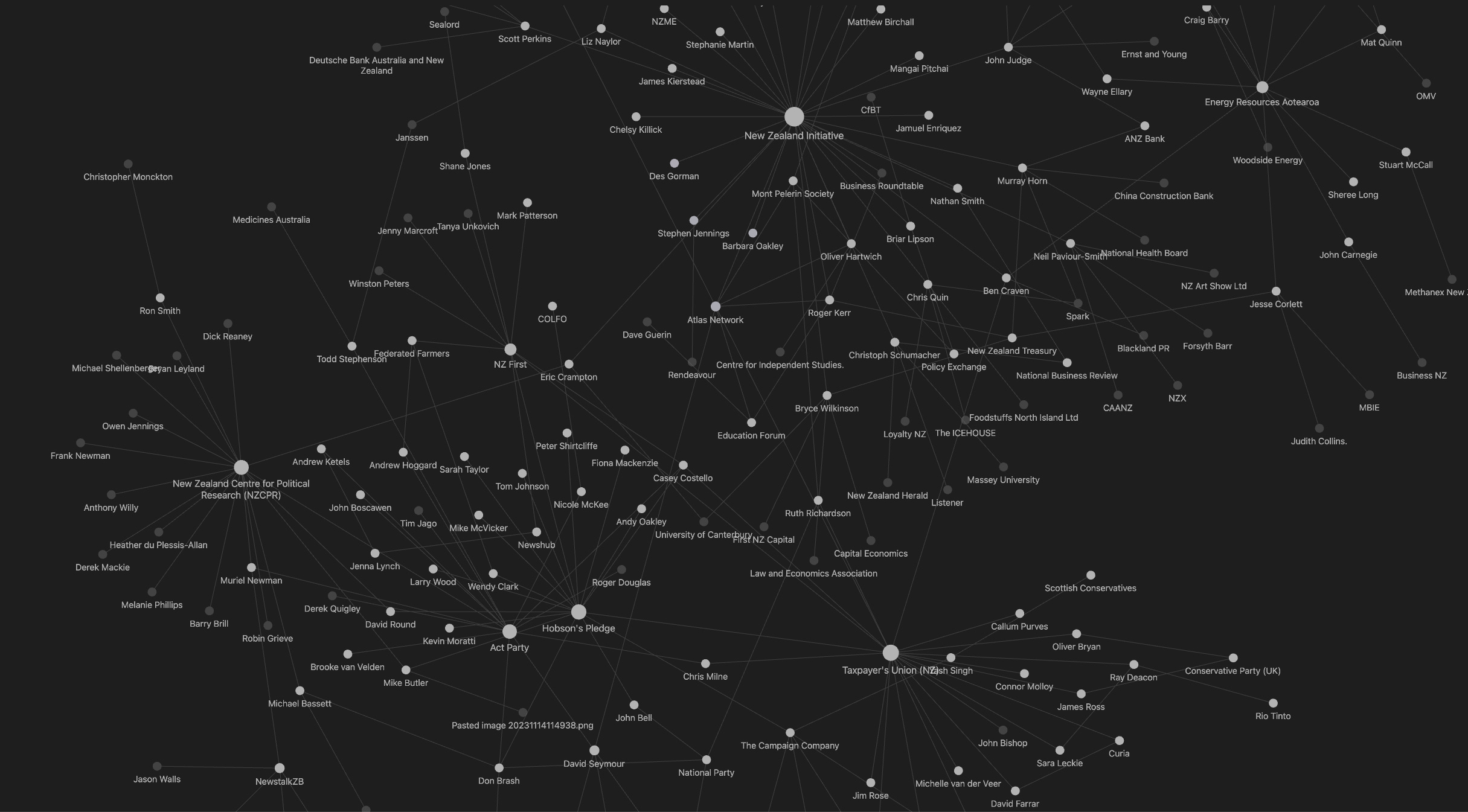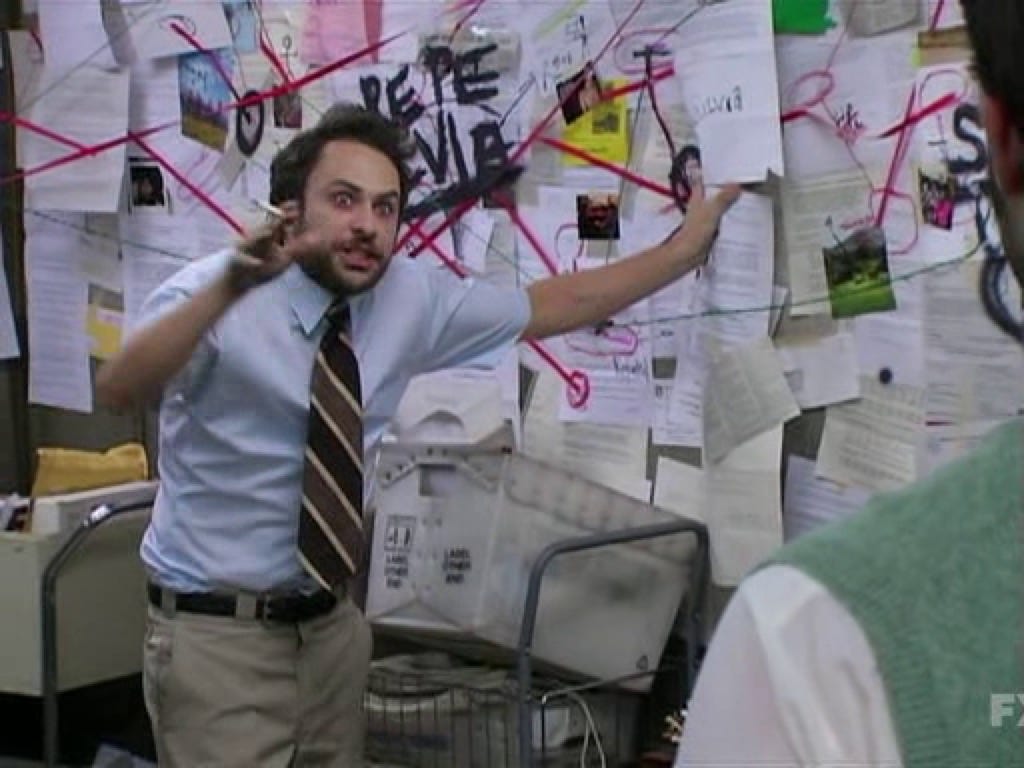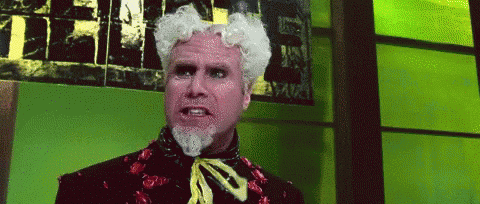A Simple Nullity
How lobbyist and influence groups are preparing for an all-out assault on Te Tiriti o Waitangi

An incredibly important documentary went live today, and I don’t want you to miss it.
“Trick or Treaty? Indigenous rights, referendums and the Treaty of Waitangi” is a deep dive on how right-wing influence networks in Australia joined forces to destroy Australia’s Indigenous Voice to Parliament — and how the same forces are at work in New Zealand. I’ve taken an interest in New Zealand’s gaggle of lobby groups for a long time now, so I was very pleased to do research for the doco and work with award-winning producers and top-tier journos Mihingarangi Forbes and Annabelle Lee-Mather. I also appear on camera, which is less my thing, but as an Aussie-born Kiwi the subject is very close to my heart, and I didn’t want to miss the chance to tell what I think is a vital story.
Much of what’s in the doco is far from secret, particularly to those in the media-politics confluence; but (crucially) it is not well known by the general public. The short version is that there are a bunch of well-funded, right-wing, neoliberal influence and lobbying groups in New Zealand, who share links with similar groups overseas. They are ostensibly independent groups, but they coordinate their activities, share resources, trade personnel, and — when you zoom out slightly — essentially work as one large body. In fact, several of the groups officially operate under the auspices of one giant neoliberal anthill organisation, called the Atlas Network. In New Zealand, these groups — and the individuals who work in them — tend to cluster around parties like ACT, NZ First, and National. Their modus operandi is to write stultifyingly dull papers, create model legislation, get pet MPs and parties elected, and incessantly insert their messaging into the public consciousness via the media. That messaging varies from group to group, but the (almost invariable) common denominator is this:
They consistently oppose both climate action and recognition of indigenous rights.1
Having seen extraordinary success in Australia with the triumph of the “No” vote on the Voice, these same forces look to be coming for Te Tiriti o Waitangi. Since it gained limited judicial and legislative recognition, Te Tiriti has been a bugbear for neoliberals. It represents everything they hate: an example of collective recognition and responsibility, and an admission that indigenous people do in fact have continuing inalienable rights that pre-date colonisation. Perhaps most importantly, Te Tiriti acts as a potential handbrake on the kind of unfettered property rights required for mining and fossil fuel companies to prosper.
So it’s no surprise that the ACT Party and lobbyist enablers like Hobson’s Pledge want nothing more than to get rid of it.
Wherefore referendum
In the doco, I’m asked if I think there will be a referendum on Te Tiriti. My answer is yes: in my opinion, it only really remains to be seen what form the referendum will take. There are two options: a government-initiated referendum or a citizens-initiated referendum. For the first option: the coalition agreement between National and ACT specifically calls for ACT’s Treaty Principles Bill to be advanced to select committee: National have pointedly not committed to a referendum but to ACT Party leader David Seymour, it’s clearly still on the cards.
The other option is a citizen’s initiated referendum or CIR: anti-Tiriti group Hobson’s Pledge, co-founded by former ACT Party leader Don Brash, is already lobbying for one. Anyone can get a CIR before Parliament; all that’s required is the signatures of ten percent of registered voters. For an issue like Te Tiriti, long a lightning rod for cranks, racists, and the terminally uninformed, 370,000-ish signatures should be a snap.
In my opinion, either option stands a very real risk of ripping the country apart, on a scale not seen since the Springbok tour protests or perhaps even the Land Wars. And I also think that ACT’s proposed Treaty principles — on top of the other anti-Tiriti measures being undertaken by the ACT/NZ First/National government — would be the most profound assault on indigenous rights in Aotearoa since the racist Justice James Prendergast declared the Treaty a “simple nullity.”
Maps of Meaning
In the doco, there are a few shots of me using a program that looks like a digital spiderweb. I like that it’s been included, because it’s becoming a big part of my writing process. Obsidian is a note-taking program that allows users to write in Markdown, and easily link notes to each other. I’d recommend it to journalists everywhere — it’s encrypted, open-source, and great for brain-dumping and research. One of its nifty features is its mind map or “graph view,” functionality, which showcases all your notes and how they link to each other.

That, I’m very aware, is essentially a computer version of this:

Mind maps have a bad name, thanks to conspiracy theorists and very funny sketches based on conspiracist antics, but they’re a really useful visual tool for research. What’s obvious on viewing the mind map I’ve made — which, to be clear, is comprised primarily of publicly-available information listed on the websites of the organisations I’m researching — is just how entwined everybody is. New Zealand is a small country, to be sure, but after a few hours it becomes very clear that the favourite hobby of these lobby organisations is giving each other jobs. The boards are stacked with fixtures of the “business community” — the very elites that these same organisations so often rail against — and a scan of member’s employment histories often reveals them bouncing around related orgs like pinballs. New NZ First MP Casey Costello, to pick one name more or less at random, has previously worked for (or with) the Taxpayer’s Union, Hobson’s Pledge, and ACT. Each organisation is so entwined with the others that they start to look, accurately, like the same body.
The media is the message
One of the best things about this documentary is that it gives New Zealanders something Australians missed out on: a primer on who these interconnected neoliberal groups are and how they operate. While they have many channels to their audience, like newsletters and social media, the most important medium is still the mainstream media. One of the things I said during shooting that didn’t make the final cut is that the New Zealand media is “infected with lobbyists” — and it is. Lobbyists and their ilk advance their agenda in the media through the following methods:
- Giving journalists their phone numbers and never failing, as I mention in the doco, to pick up when it rings, to deliver some variation on “the world’s richest and most sociopathic people are right, actually.”
- Combining a never-ending deluge of press releases with juicy scoops and leaks of the “ya didn’t hear it from me but boy have I gotta story for YOU. You’ll never guess how much funding this poet got!” variety, usually supplied to pet journalists and right-wing media orgs who can be relied upon to advance the lobbyist’s agenda. See also: Newstalk ZB.
- Providing enticingly conflict-loaded “insider” opinions for free or very cheap to cash-strapped editors and producers, with the tangible result that a huge proportion of New Zealand’s opinion columnists, podcasters, and other varieties of talking head are paid lobbyists of some kind, which brings me to:
- Getting actual media jobs, which has everything to do with a laissez-faire media culture that pretends not to notice the constantly revolving door at the axis of business, politics, and journalism. Numerous examples include New Zealand Institute asset Luke Malpass waltzing into the job of political editor at Stuff, a position he wields with all the impartiality of a used car salesman; ex-National leader Simon Bridges failing into a podcast at Stuff; New Zealand Institute sleep aid Eric Crampton’s spot at Newsroom; Muriel Newman (the founder of unhinged climate-denying lobby group NZCPR) being slung a new gig at Newstalk ZB; long-time right-wing lobbyist Matthew Hooton getting a seemingly eternal opinionist gig at NZME; and his (current? former? I don’t know, and neither do you, because the media outlets he appears on often don’t deign to tell us) consigliere Ben Thomas, who rejoices in the lifetime appointment of Chief Migraine Officer on the Spinoff’s exhausting political podcast, Gone By Lunchtime.
Given the noble Fourth Estate functions essentially as a base of operations for influence operators, what can be done? Lots, in my opinion:
Short of proper lobbying finance and influence disclosure law, which are all but impossible under the present Government but might be an option when they disintegrate, the media can start by voluntarily and transparently showcasing the bona fides of its talking heads. Every time a lobbyist shows up to generously peddle influence and build their own profile, their appearance can be marked with a disclaimer showing exactly who they have a.) previously worked for and b.) are working for now. That’s really the least that should be done: audiences desperately need to know which talking heads are on the take2.
News media can also choose to identify when stories have been shopped to them by members of astroturf influence organisations like the Taxpayer’s Union, or (more ideally) refuse to run their hit pieces.
Media should identify and label influence groups accurately: for example, identifying a spokesperson as being from the benign-sounding “New Zealand Institute” tells an audience nothing: labelling the New Zealand Institute (accurately) as a “neoliberal lobby group for ultra-free-market economics with representation from some of the biggest corporates in New Zealand on its board” tells audiences what they need to know.
Media should also proactively highlight when their employees are intimately linked to lobby groups or politicians, which is (especially in the Press Gallery) much more common than non-media people might think. Such is the case with Newshub’s Political Editor Jenna Lynch, who is married to ACT Party Chief of Staff Andrew Ketels. It doesn’t matter if she’s the world’s most scrupulous reporter who somehow manages never to discuss politics with her husband: it’s a very obvious potential conflict of interest, and audiences deserve to know about it — and any other such conflicts.
As a final suggestion, the media should also stop giving prime opinion and airwave real estate to the world’s most boring politicians because of the more-common-than-you think reasoning of “oh, they were such a hoot when we got on the piss that one time.” Their audiences will fervently thank them.
Thanks for checking out the documentary. Please share it far and wide: I think there’s a lot in there that New Zealanders both deserve and need to know.
The New Zealand Initiative hotly denies they are climate deniers, by pointing out that they accept the reality of climate change and that they support the Emissions Trading Scheme, but they also lobby stringently against any and all climate action that isn’t the ETS. This is easily understandable given the fact that that the ETS is set up as a literal licence for corporations to continue with carbon pollution, as well as a way for the rich to get richer trading in carbon credits. ↩
In this spirit of transparency, you should know that I was once a paid member of both the Civilian and the Green political parties. I was directly involved in neither organisation and my membership in the respective parties lapsed when it wound up and I forgot to pay my sub. From memory the total expenditure amounted to twenty-five bucks. ↩




